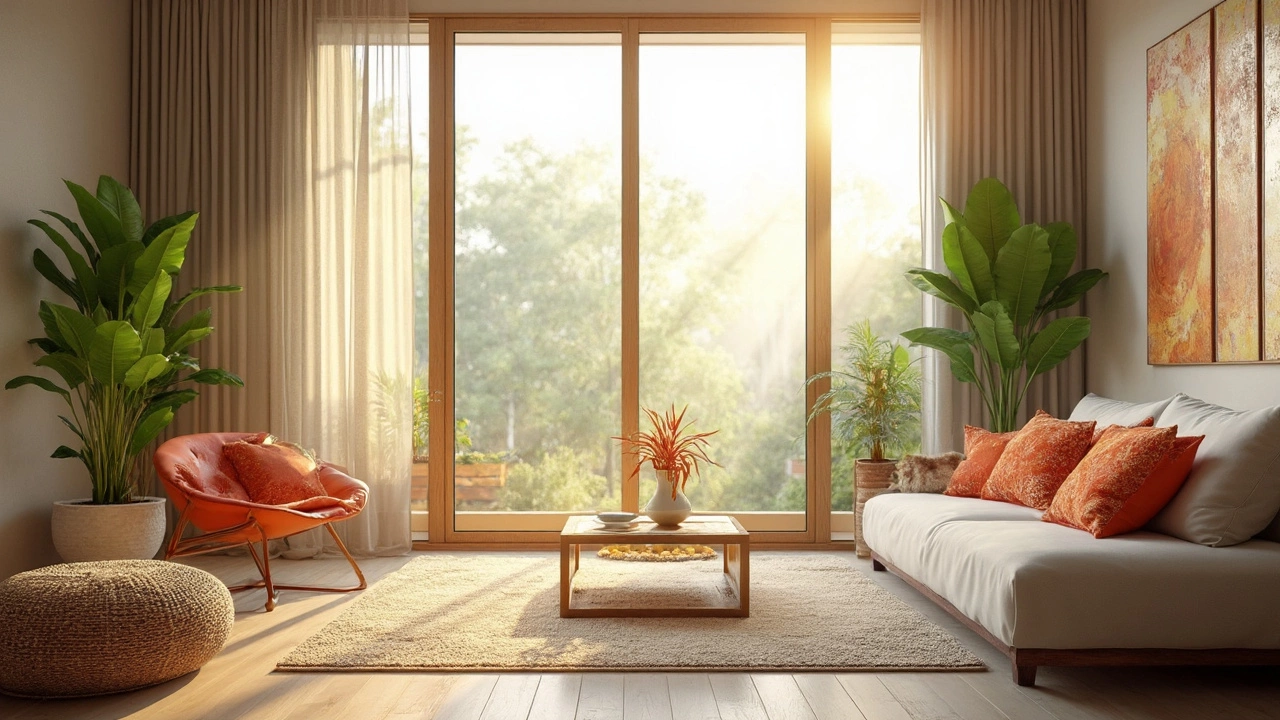
When Should You Not Have Curtains? Common Scenarios and Smarter Alternatives
Curtains aren't always the best option for every room or window. This article explains when skipping curtains makes sense, whether it’s about letting in more natural light, making spaces look bigger, or sticking with a sleek modern style. It breaks down where curtains get in the way and shows smarter ways to cover or leave your windows bare. From practical cleaning tips to privacy tricks, you’ll get real-life advice that fits your space and lifestyle.
View More